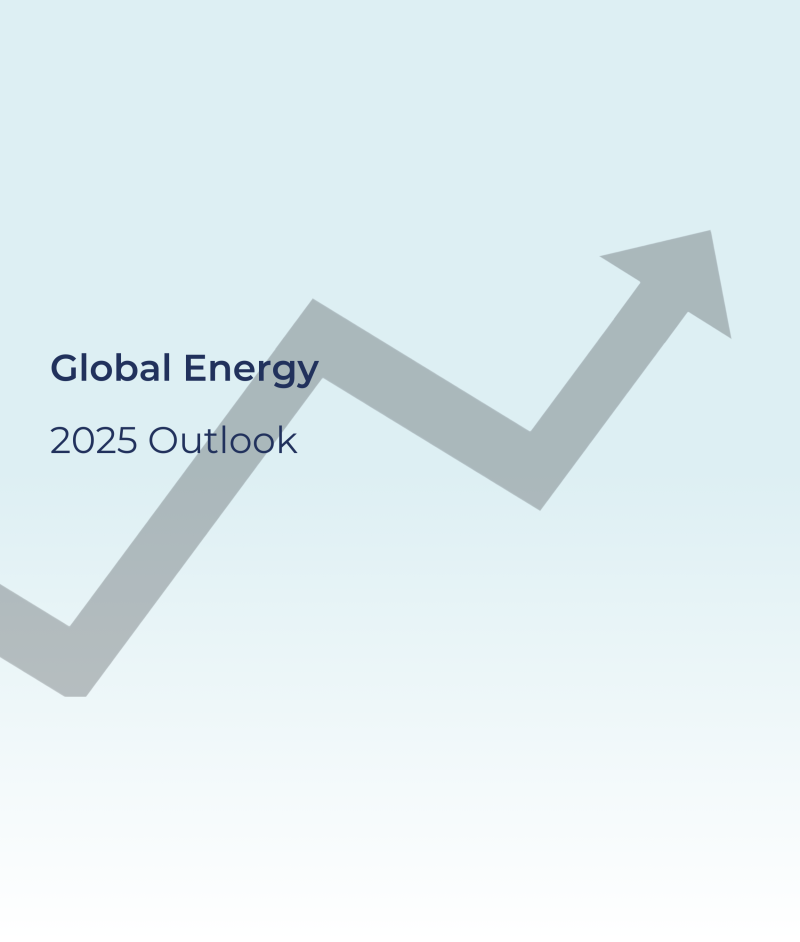Jonathan Waghorn
Three key themes for the outlook for global oil markets in 2025 are firstly, oil demand growth likely to be around 1.1 million barrels a day reaching 103.9 for the year, the non OCD up by 1.2, the OCD down by 0.1 unlike previous years, China will not be the key driver of demand growth. At $80 oil, Brent remains highly affordable, representing 2.7% of world GDP well below levels seen in previous years. Hence, we continue to see global oil demand growing until around 2030. Secondly, growth outside non-OPEC plus will continue US shale production growth of around 0.3 million barrels a day as capital discipline trumps any efforts from the new US President to increase supply. Brazil, Guyana, Canada and other non-US shale will also add to the growth.
Thirdly, OPEC plus will focus on quota compliance and micromanagement to balance the market and allow them to add withheld oil back into the market, if other supply disruptions occur. They will keep a close eye on President Trump's policy proposals from the impact on oil supply caused by his approach to Iran as an example. Through to the impact of proposed tariffs on China, Canada and Mexico.
We think Saudi's long term objective remains to achieve a good oil price as close to their fiscal breakeven of $96 a barrel. $80 is a level that probably achieves that and it would be the same in real terms as what they have tried to defend over the last 20 years.
In natural gas markets, we expect gas markets to remain in fine balance in 2025. US gas demand growing 4 BCF a day because of greater power generation demand and rising LNG exports. But new suppliers economic. Longer term, more US gas will be needed to satisfy growing artificial intelligence and data centre demand. Asian gas demand, the role of Russia and the delivery of new LNG projects will define the international gas markets in 2025.
Thinking about the companies then, energy equity valuations remain attractive with the MSCI World Energy Index on a price to book ratio of 1.7 times versus the S&P 500 at 5.1. The relative ratio there is more than two standard deviations below the long term relationship. Most oil and gas companies continue to promote capital discipline over organic growth manifested in lower levels of debt and a return of free cash to shareholders. Assuming $80 Brent, we forecast an average free cash flow yield for the portfolio in 2025 of 10.2%.
So energy equities offer good upside if our oil price, profitability and free cash flow scenarios play out. We believe energy equities currently discount and oil price of about $65 a barrel. And if we assumed $80 we would see around 40% upside across the energy complex on a one year forward basis.

